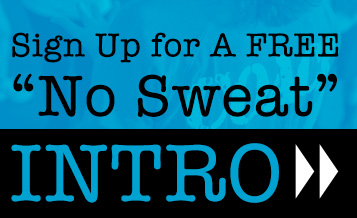6th January 2020

CrossFit as a rehabilitation tool.
CrossFit as a rehabilitation tool.
I first looked at CrossFit back in 2008 and like many, was immediately sceptical. I looked at the movements and thought to myself, ‘there’s too much going through the lower back’. So I delved deeper into the science of human movement to try and find why it worked so well. I also decided that in order to fully understand it, I would give it a go for three months.
At first my lower back was sore. Well, all of me was sore but particularly my lower back! I ploughed on hoping things would change, and they did.
As I was researching the biology of what I was doing I found that, in actual fact, the lower back had evolved to withstand much more than what I was originally putting it through and after about 3 months of lifting it started to feel much stronger. I had started to potentiate my posterior chain and I started walking better and standing taller!
Whilst becoming involved in the CrossFit community I noticed a lot of people in pain or unable to achieve certain positions and movements. At first, I thought the programming was irresponsible and we were asking too much of people. Yet I saw some of those people actually get better from their movement issues and then it hit me: CrossFit was the best human movement diagnostic tool I’d ever seen. Because all of the movements were full range it was highlighting what was wrong so that it could be fixed. Issues that hadn’t surfaced for maybe 20 years were being bought to light. Tightness and restrictions came to the forefront so that they could be addressed.
Because of this, coaching had to evolve into solving those problems. Enter Kelly Starrett.
Kelly is an extremely gifted physiotherapist with a background in core strength and conditioning and his is credited as one of the top 10 most influential people in CrossFit. You may not of heard his name but you would have certainly felt his effects! Go on Youtube and type ‘Kelly Starrett, ankle,’ or ‘Kelly Starrett shoulder,’ and you’ll find 15 different videos about how to maintain or improve issues there and the best thing about it is, you can do it all yourself. He believes almost everything should be self-diagnosed and self corrected. Of course, some issues need the keen eye of a quality physio but most of the time you can improve it yourself.
CrossFit is a prism to the body and it makes the invisible visible! Next time you’re in pain ask yourself, have you just found a potential problem? Once you’ve found a problem, ask your coach about some movement, mobility or corrections to help you.






